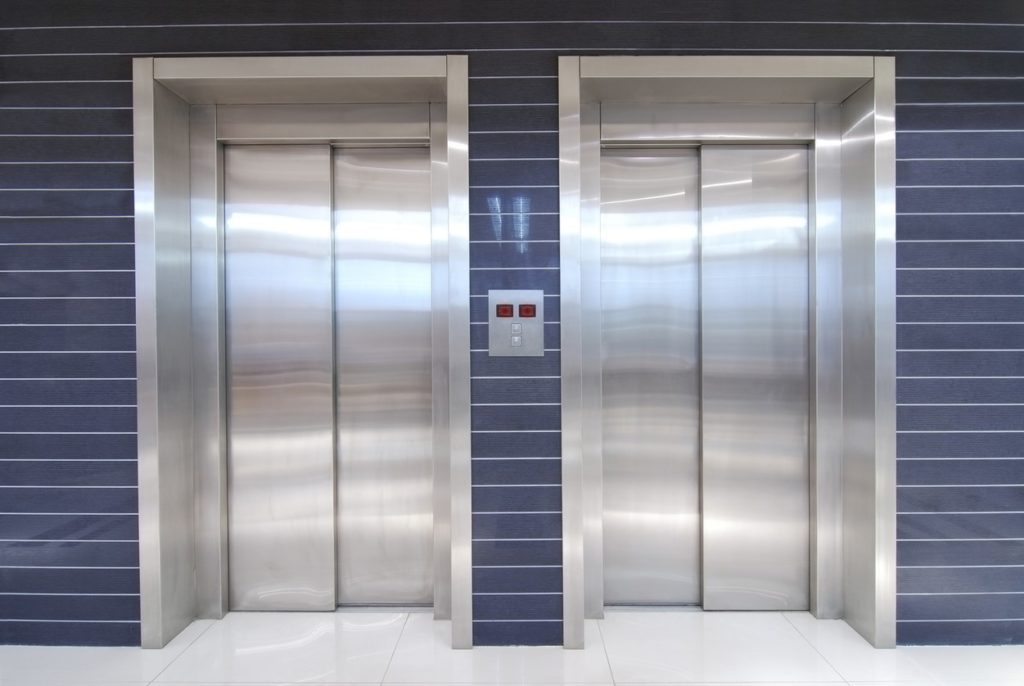A look at new codes for commercial and residential elevators
Elevators offer one of the safest forms of transportation in the world. The reasons for that safety record relate to strict regulations and an ongoing effort to make improvements. According to National Elevator Institute, “The safety code for elevators…is updated every three years to ensure that the requirements represent the latest safety and technology available.”
How new standards are developed
Any new updates are made by the American Society of Mechanical Engineers (ASME), which puts together a Standards Committee made up of a range of industry professionals, including enforcing authorities, inspectors, mechanical and electrical engineers, designers, labor authorities, building/facility owners, and installation and maintenance experts.
Highlights of the 2017 changes for commercial elevators
2017 saw several key updates and amendments. “Some of these modifications were clarifications to existing actions, others include additional requirements for the location of hoistway access switches, securing controllers located in public areas, and type of emergency stop buttons,” according to the National Elevator Institute report. These changes include:
• Updates to seismic requirements, including the addition of a seismic detection device and a scan feature that can help determine if an elevator is safe after a seismic event
• Updated maintenance, repair and replacement requirements regarding replacement of elevator doors, speed governors, and testing of elastomeric buffers
• Updates to the alterations sections, with new requirements for surface mount sump pumps, standard railings, and suspension means monitoring for elevators
2017 updates for residential elevators
The ASME updates codes for residential elevators as well. The concern with residential elevators is the safety of all those living in or visiting a home. Last year saw some key updates. The changes were based on an analysis that looked at safety issues concerning children becoming trapped between the hoistway and the elevator doors.
“The analysis showed a risk of child entrapment due to the distance between the hoistway door and elevator car door being too large. The proposed revisions address the gap as well as several other key modifications required to make any residential elevator safer for occupants and household inhabitants,” according to The Business Journals.
ASME A17.1-2016/CSA B44-16 code changes, “requires that the measured distance from the face of the hoistway door to the face of the door must be no more than 4”…the hoistway door must be no more than ¾” from the hoistway sill,” according to Elevator Compliance.
The complete updates can be found here.
Other regulations had to do with fire protection measures. Regulations for residential elevators state, “Fire-protection rating of hoistway doors cannot be less than required by the building code, and must be capable of withstanding a force of 670 N (150 pound-force) that is applied horizontally over an area 4” x 4” in the center of the doors, without permanent displacement or deformation.”
The changes apply to homeowners, dealers, builders, contractors, and architects, although each will be affected in different ways.
From corporate to condos, Connections Elevator specializes in forward-thinking solutions. For first-class maintenance, modernization, repairs, and contract management, you can reach us at (954) 792-1234, email at info@connectionselevator.com, or via our contact form.
